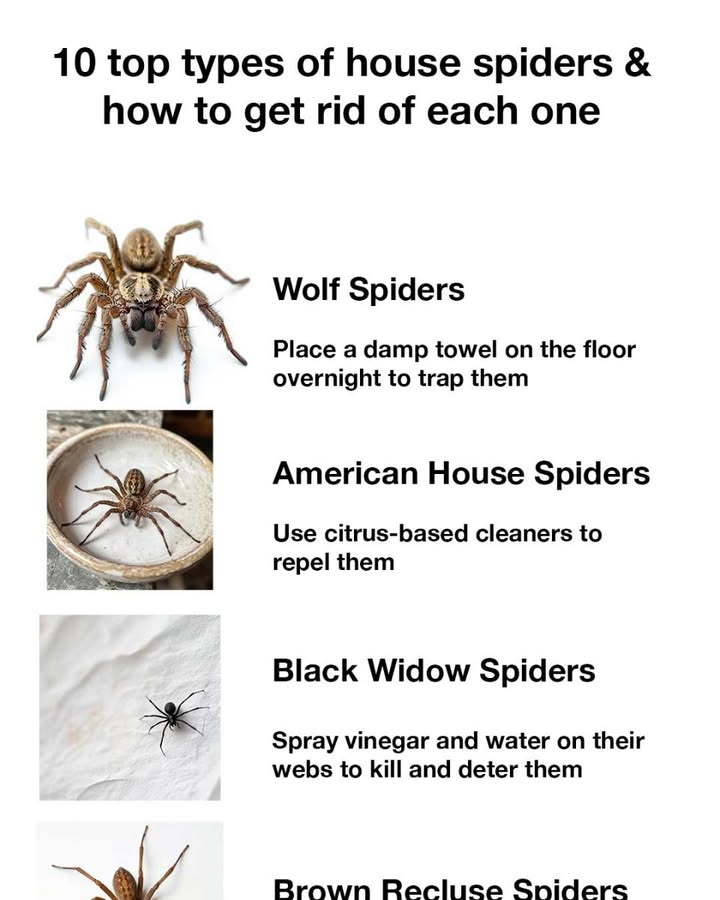Strategies to Eradicate Brown Recluse Spiders
To control brown recluse spiders, reduce clutter and seal potential entry points. Use sticky traps to monitor and capture spiders. In areas with high populations, consider professional pest control services. Regular inspections and cleaning can help prevent infestations.
5. Hobo Spiders: Appearance and Potential Threats
Hobo spiders are medium-sized, brown spiders with a herringbone pattern on their abdomens. They are often found in basements and ground-level areas. While their bites were once thought to be dangerous, recent studies suggest they pose little threat to humans.
Steps to Remove Hobo Spiders from Your Home
To manage hobo spiders, seal cracks and openings in your home’s foundation. Use traps to capture spiders and vacuum regularly to remove webs and egg sacs. Keeping your home dry and well-ventilated can also deter these spiders.
6. Jumping Spiders: Distinctive Traits and Habitats
Jumping spiders are small, compact spiders with excellent vision and a distinctive jumping ability. They are often found on windowsills and in sunny areas. These spiders are harmless and are known for their curious behavior.
How to Deal with Jumping Spiders
Jumping spiders can be removed by gently capturing them with a cup and releasing them outside. Regular cleaning and dusting can help reduce their presence indoors. Since they are beneficial predators, consider allowing them to remain if they are not causing issues.
7. Cellar Spiders: Commonly Known as Daddy Long Legs
Cellar spiders, or daddy long legs, have long, thin legs and small bodies. They build loose, irregular webs in damp, dark areas like basements and crawl spaces. These spiders are harmless and help control other insect populations.
Methods to Control Cellar Spider Populations
To manage cellar spiders, reduce humidity in your home by using dehumidifiers. Regularly clean and remove webs with a vacuum. Seal entry points to prevent new spiders from entering. Since they are beneficial, consider leaving them if they are not problematic.
8. Orb-Weaver Spiders: Recognizing Their Webs
Orb-weaver spiders are known for their large, intricate webs often found in gardens and around outdoor lights. They have varied colors and patterns, making them visually striking. These spiders are harmless and play a role in controlling insect populations.
Ways to Manage Orb-Weaver Spider Presence
To manage orb-weaver spiders, remove webs with a broom or hose. Encourage them to relocate by turning off outdoor lights at night. Since they are beneficial, consider allowing them to remain in garden areas where they can help control pests.
9. Sac Spiders: Identifying and Understanding Their Behavior
Sac spiders are small, pale spiders that build silk sacs in corners and crevices. They are active hunters and can be found in homes throughout the year. Their bites can cause mild irritation but are not dangerous.
How to Effectively Remove Sac Spiders
To control sac spiders, seal cracks and gaps in your home’s exterior. Use a vacuum to remove spiders and their sacs. Regular cleaning and reducing clutter can help prevent infestations. Consider using insecticides in areas with high populations.
10. Funnel Web Spiders: Habitats and Identification
Funnel web spiders create funnel-shaped webs in corners and undisturbed areas. They are brown or gray and can be found in basements, attics, and gardens. While their bites are not dangerous, their presence can be unsettling.
Approaches to Eliminate Funnel Web Spiders
To manage funnel web spiders, remove webs with a vacuum or broom. Seal entry points to prevent new spiders from entering. Regular cleaning and decluttering can help reduce their presence. In outdoor areas, trim vegetation and remove debris where they may hide.

10 top types of house spiders & how to get rid of each one
Conclusion: Maintaining a Spider-Free Home
Maintaining a spider-free home involves regular cleaning, sealing entry points, and reducing clutter. While some spiders are beneficial, others may require removal due to health risks or personal preference. By understanding the types of spiders in your home and using appropriate control methods, you can effectively manage their populations and reduce unwanted encounters.